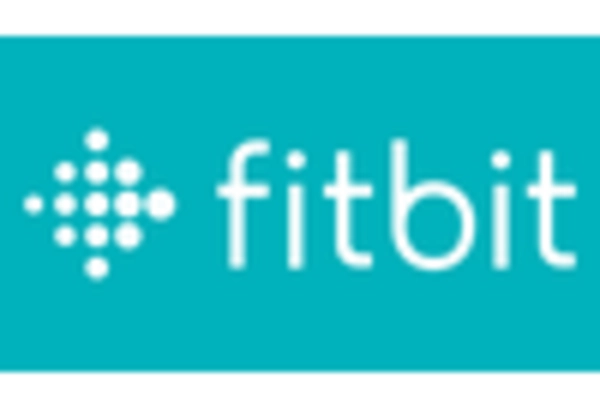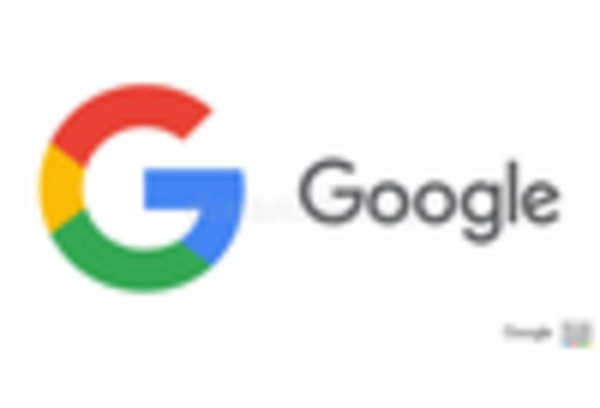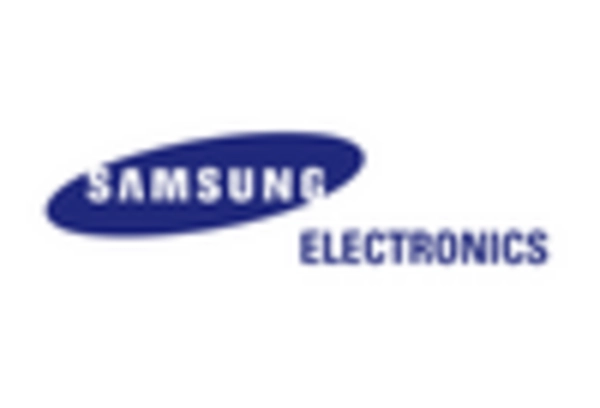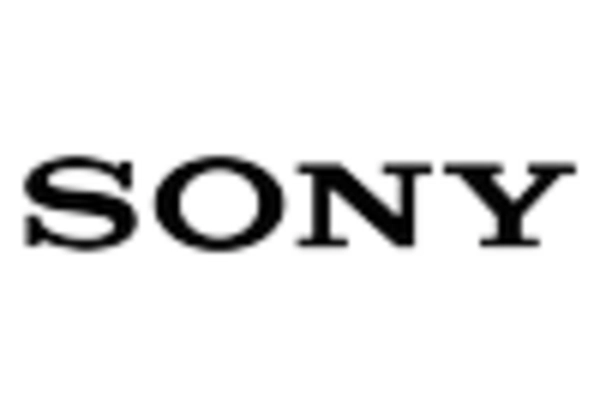Advancements in Wearable Technology
Advancements in wearable technology are propelling the Classroom Wearables Technology Market forward. Innovations in sensor technology, battery life, and connectivity are making wearables more accessible and effective for educational purposes. For instance, the introduction of lightweight, durable devices with extended battery life has made it feasible for students to use wearables throughout the school day. As these technologies continue to evolve, the Classroom Wearables Technology Market is expected to experience significant growth, driven by the increasing adoption of wearables that enhance learning and engagement in the classroom.
Demand for Enhanced Learning Analytics
The demand for enhanced learning analytics is reshaping the Classroom Wearables Technology Market. Educators are increasingly seeking data-driven insights to tailor instruction and improve student outcomes. Wearable devices that collect and analyze data on student engagement and performance are becoming invaluable tools in this regard. Recent studies show that schools utilizing learning analytics have seen a 20 percent increase in student achievement. This trend indicates that the Classroom Wearables Technology Market will continue to expand as educational institutions prioritize data-driven decision-making and personalized learning experiences.
Integration of Technology in Education
The integration of technology in education is a driving force behind the Classroom Wearables Technology Market. As educational institutions increasingly adopt digital tools, the demand for wearables that enhance learning experiences is on the rise. According to recent data, approximately 70 percent of educators believe that technology can improve student engagement. This trend suggests that wearables, which can provide real-time feedback and personalized learning opportunities, are becoming essential in modern classrooms. Furthermore, the Classroom Wearables Technology Market is likely to benefit from the growing emphasis on STEM education, as these devices can facilitate hands-on learning and foster critical thinking skills among students.
Growing Emphasis on Safety and Security
The growing emphasis on safety and security in educational environments is a crucial driver for the Classroom Wearables Technology Market. Wearable devices equipped with GPS tracking and emergency alert features are increasingly being adopted to ensure student safety. Recent statistics reveal that over 40 percent of parents express concerns about their children's safety at school, prompting schools to invest in technology that enhances security measures. This trend suggests that the Classroom Wearables Technology Market will likely see increased demand for safety-focused wearables, as educational institutions strive to create secure learning environments.
Increased Focus on Student Health and Well-being
The heightened awareness of student health and well-being is significantly influencing the Classroom Wearables Technology Market. Wearable devices that monitor physical activity, sleep patterns, and stress levels are gaining traction among educators and parents alike. Research indicates that nearly 60 percent of schools are now implementing health monitoring programs, which often incorporate wearable technology. This focus on holistic education not only promotes healthier lifestyles but also enhances academic performance. As a result, the Classroom Wearables Technology Market is poised for growth, as schools seek innovative solutions to support student health and well-being.

















Leave a Comment